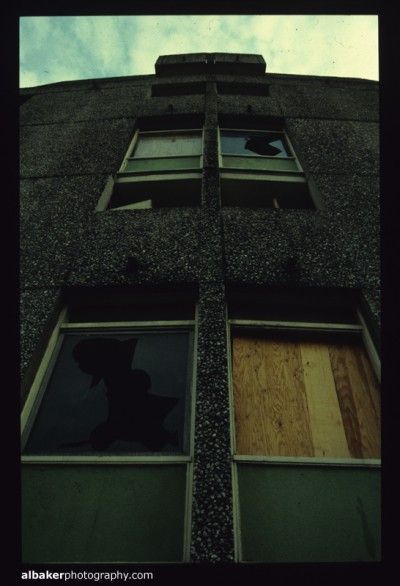
Simon Reynolds interviews A Guy Called Gerald aka Gerald Simpson in Melody Maker, 1995.
Scan: ArchivedMusicPress
Text: Simon Reynolds
Photo: Piers Allardyce
From Gerald's own website:
Moss Side man A Guy Called Gerald has a unique insider’s view of the evolution of dance music since the early eighties when, as a 14 year old dancer, he started sneaking into Manchester’s underground clubs. By 16, Gerald was hooked on Electro Funk. With his DJ crew, the Scratchbeat Masters, Gerald was found every Sunday in his parent’s attic where he built his first studio. Cutting up beats on their turntables, they would challenge other crews and their soundsystems. A 12 inch single called ‘Wax on the Melt’ resulted from a collaboration between a few of the crews. Gerald later joined forces with some of these members to form 808 State. The act’s ‘Newbuild’ album was released in 1988 before Gerald broke away to concentrate on his solo work.
Early realisations by Gerald that there were indeed other dimensions to dance music beyond the turntables led him into the production of electronic dance music. A year later, with meagre earnings from his job at a fast food chain, Gerald bought his first drum machine and his mixer and turntables soon began to collect dust. By the time acid house reached the UK, he had made a transform scratch button for his Citronic mixer and crafted an electro style which flowed seamlessly with the new sound.
That said, House music first emerged in England through the funk and soul clubs, which were predominantly black. “It was a really vibrant scene,” Gerald reminisces of Manchester’s black dance underground “it was a perfect concoction of the technology and the musical structure creating an irresistible compulsion to dance”. In some night-clubs and all-dayers it wasn’t long until house music became the focal point of the event. “In those days everyone in the club danced and some had their own signature dance moves”, Gerald explains. “Dance was actually a way of life. There were jazzheads, funkheads and some dubheads, yet nobody was talking about the DJ but you knew who the dancers were and the moves they were doing – intricate moves involving back-flips and running up the walls. Clubbers held regular dance-offs. This was way before the Hacienda era and these people were its pioneers. The track ‘Voodoo Ray’ was borne of my inspiration from this scene.”








